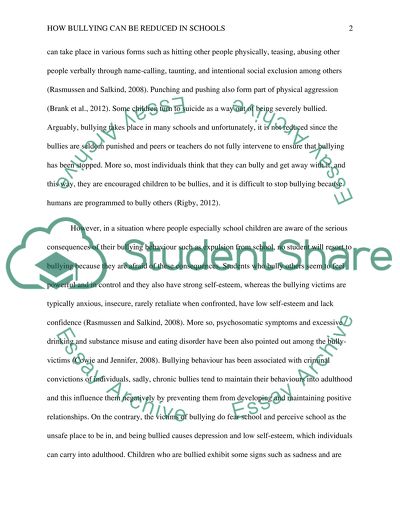Cite this document
(“How and to What Extent Can Bullying be Reduced in Schools Essay”, n.d.)
How and to What Extent Can Bullying be Reduced in Schools Essay. Retrieved from https://studentshare.org/psychology/1496313-how-and-to-what-extent-can-bullying-be-reduced-in-schools
How and to What Extent Can Bullying be Reduced in Schools Essay. Retrieved from https://studentshare.org/psychology/1496313-how-and-to-what-extent-can-bullying-be-reduced-in-schools
(How and to What Extent Can Bullying Be Reduced in Schools Essay)
How and to What Extent Can Bullying Be Reduced in Schools Essay. https://studentshare.org/psychology/1496313-how-and-to-what-extent-can-bullying-be-reduced-in-schools.
How and to What Extent Can Bullying Be Reduced in Schools Essay. https://studentshare.org/psychology/1496313-how-and-to-what-extent-can-bullying-be-reduced-in-schools.
“How and to What Extent Can Bullying Be Reduced in Schools Essay”, n.d. https://studentshare.org/psychology/1496313-how-and-to-what-extent-can-bullying-be-reduced-in-schools.


